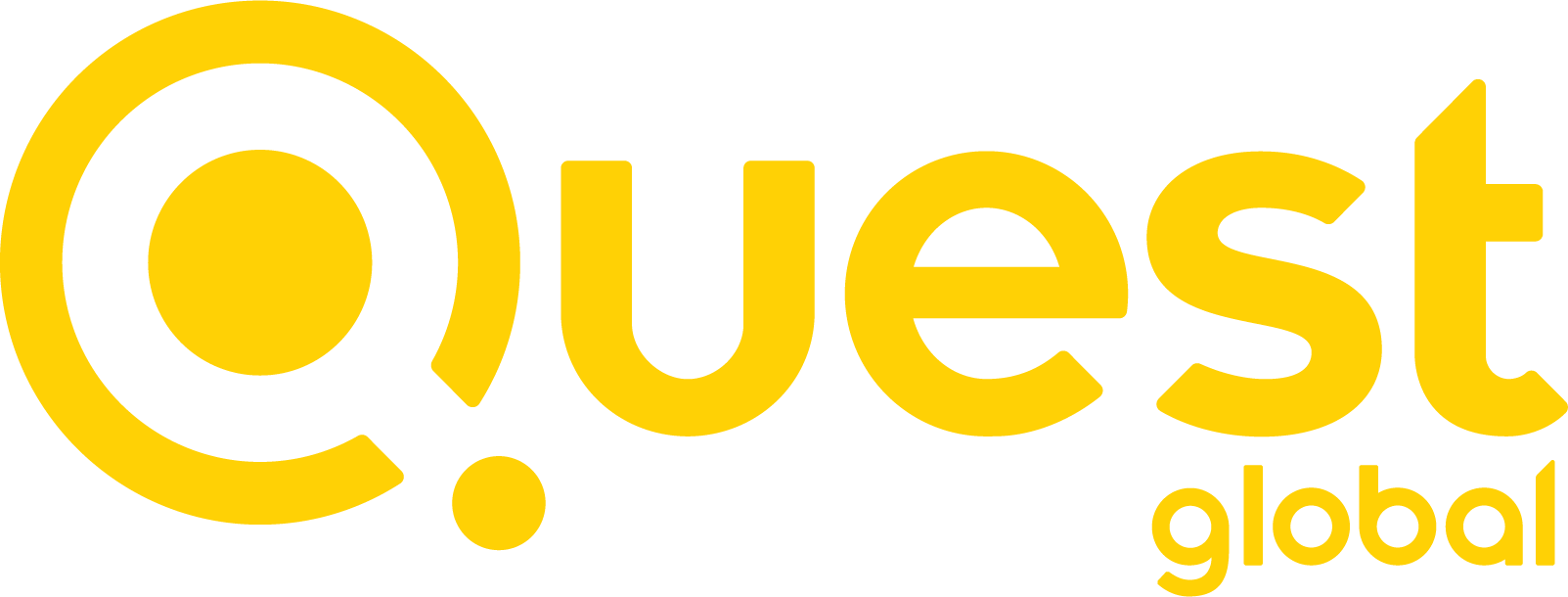- Who we areBackWho we are
We are Quest Global. We’re in the business of engineering, but what we’re really building is a brighter future. It’s not just what we do, but why we do it that makes us different.
- What we doBackWhat we do
Quest Global delivers world-class end-to-end engineering solutions by leveraging our deep industry knowledge and digital expertise. By bringing together technologies and industries, alongside the contributions of diverse individuals and their areas of expertise, we are able to solve problems better and faster.
- Insights
- Join our teamBackJoin our team
Lorem ipsum dolor sit amet, consectetur adipiscing elit, sed do eiusmod tempor incididunt ut labore et dolore magna aliqua. Ut enim ad minim veniam, quis nostrud exercitation ullamco laboris nisi ut
- Contact usBackContact us
We are a global engineering services provider headquartered in Singapore and driven by 20,000+ extraordinary employees based in 18 countries, working out of 78 delivery centers and offices, and making the impossible possible every single day.
-


